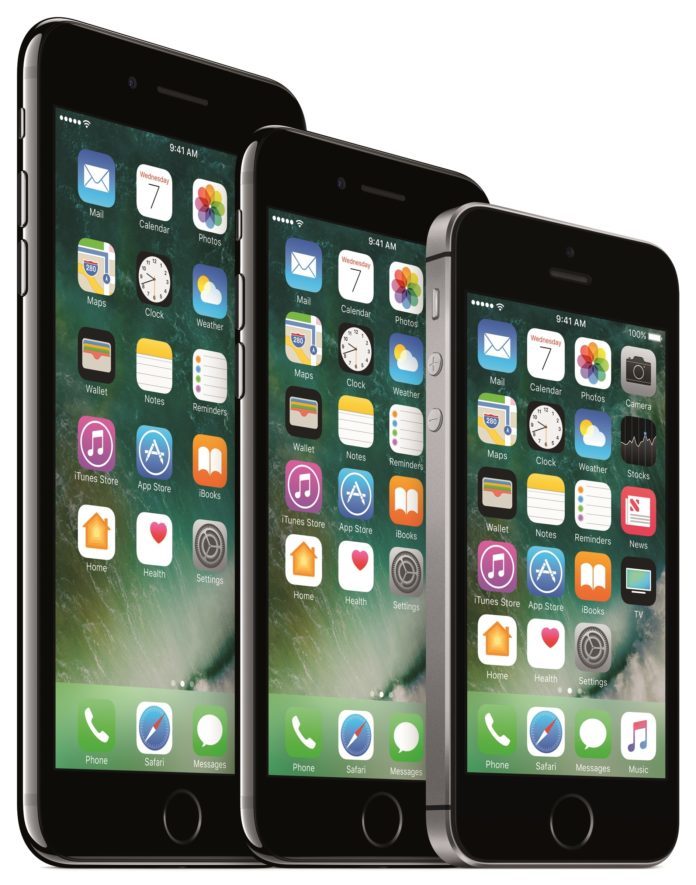In the race to build the world’s best smartphone, the competition has heated up like never before. Following some revolutionary upgrades from the likes of Samsung and Apple, the world’s leading smartphone giants are scrambling to develop the most innovative technology to ensure they come out on top.
While some of the big releases of the last couple of years such as the Samsung Note 8 and the iPhone X have been met with disappointment in some quarters, things look set to change dramatically in the future.
The next year looks to be jam-packed with smartphone releases that will completely change the game, as emerging technology is frantically adapted to create the most impressive models in the world. Here are some of the new technologies you can expect to see in the next generation of smartphones.
Source: Pixabay
Wireless Phone Charging
The iPhone 8 and the Samsung Note 9 famously made headlines around the world when it was revealed that they would be among the first to offer completely wireless charging. This quickly proved to be a game changer, given the huge unpopularity with conventional charging, as users frequently complained about faulty wiring, expensive replacements and the severely limiting aspects of using a wired charger.
Wireless charging has been a top priority for new smartphone releases, and we can expect even more innovative forms to become the norm over the next year.
Top-of-the-Line Graphics
Few people could have predicted the unprecedented popularity of smartphone gaming, from big-name titles such as Pokemon Go! to the widespread use of smartphone casino gaming. The next generation of smartphones, in particular, the iPhone X Plus and Google Pixel 3, look set to completely redefine what the best gaming phones will be able to do. With amped up processing power and top-of-the-line graphics, smartphone gaming will very soon feel almost identical to playing games on the latest PlayStation console.
The effect of this is already being seen in the gaming world, with ever more advanced titles being released on smartphones that would’ve traditionally been the reserve of only the most powerful and expensive consoles. Whether these increased capabilities will impact on the popularity of conventional console games remains to be seen.
Source: Pixabay
Ultra-High Resolution Cameras
In the age of social media and self-marketing, a picture-perfect phone camera is an absolute necessity. Despite this, the last few years of smartphone releases have seen phone camera capabilities stagnate at around the 12-megapixel mark, leading some to think that we had reached the limit of what phone cameras are capable of. That looks set to change completely, with Sony’s new IMX586 raising the bar significantly with an astonishingly high 48-megapixel camera.
This blows all of the other contenders straight out of the water, making Sony the undisputed leader of smartphone cameras in the world. The ultra-high resolution, intelligent image sensors, AI technology and versatility of leading smartphone cameras puts them on par with what you’d expect from the latest Nikon release, meaning that professional camera companies could soon be feeling the heat as well.
Super-Long Battery Life
All new smartphone releases come adorned with earnest promises of better battery life, while few have actually delivered. The ability to bridge the gap between enhanced capabilities and sustainable battery life has perplexed smartphone developers for years, but this also looks set to change in the future. Apple and Samsung continue to fall behind in this department, with less popular smartphone brands leading the race to build truly long-life batteries.
The lesser-known and recently released ZenFone 3 Zoom and CatS41 both lead the world rankings when it comes to battery life, clocking up around 15 and 16 hours respectively (based on continuous use). Not far behind is the Chinese manufacturer Huawei, which prides itself on battery life and boasts an impressive 14 hours. The very latest iPhone release can clock up a maximum of only 11 hours, meaning Apple has a lot of lost ground to catch up on if they want to compete in this most important of areas.
Integrated Technology
We’re slowing seeing smartphones becoming integrated into the emerging Internet of Things (IoT) ecosystem, and this looks set to continue at a rapid pace in the year ahead. Google is pouring huge amounts of resources into developing smartphone technology that truly allows you to connect to and control every other aspect of your life, from transport to kitchen appliances to appointments. This is a trend we can see happening apace across the board, with brands throwing their weight behind the theory that before long, smartphones will be the integral piece of technology we use to coordinate our lives. It’ll be interesting to see how this manifests itself in future releases, as they’ll surely be creative.
Smartphones now are completely unrecognisable to smartphones a mere five years ago, and the next five years look set to again redefine our ideas of what a smartphone is, as leading technology becomes increasingly accessible to everyone.










